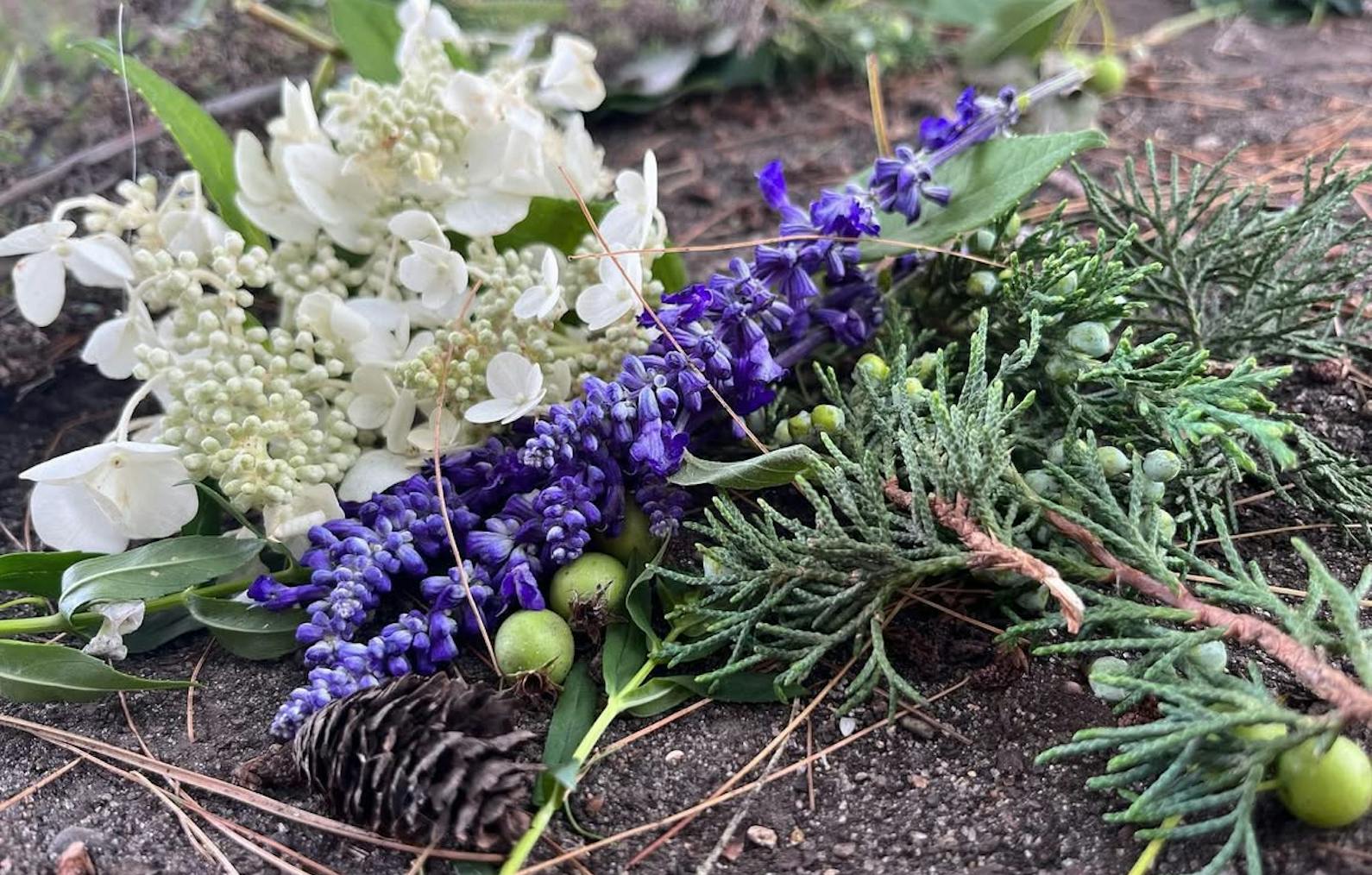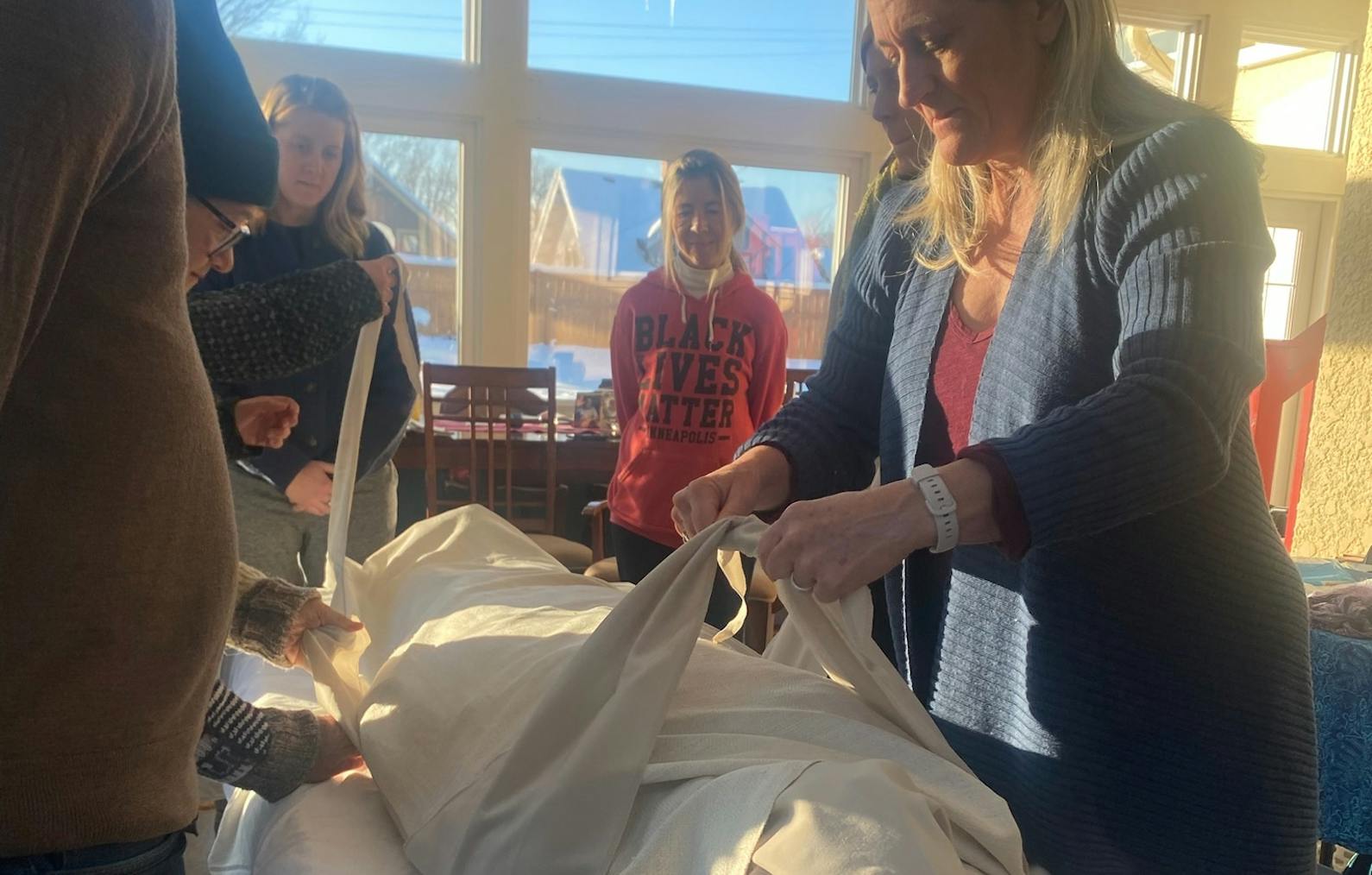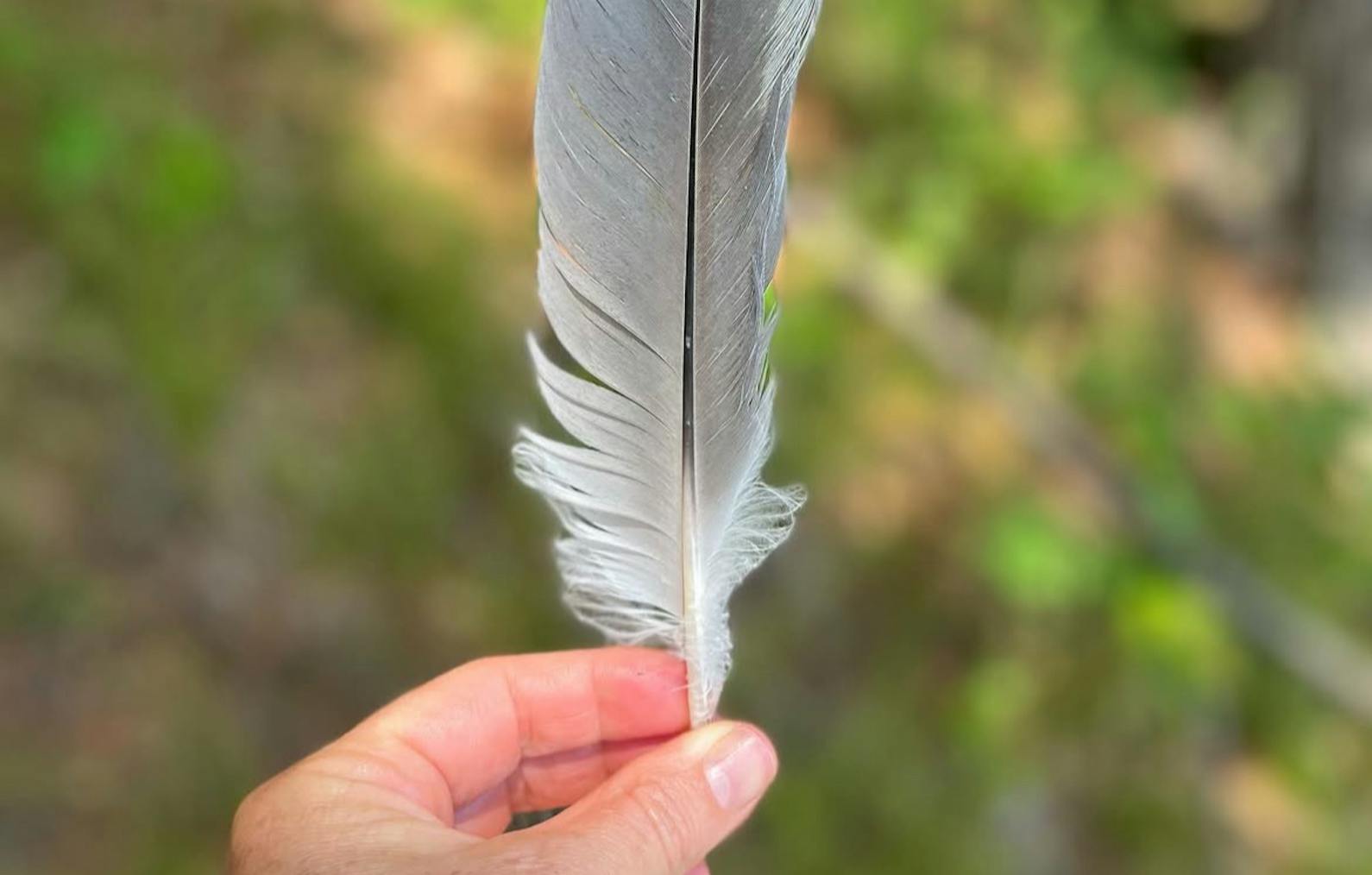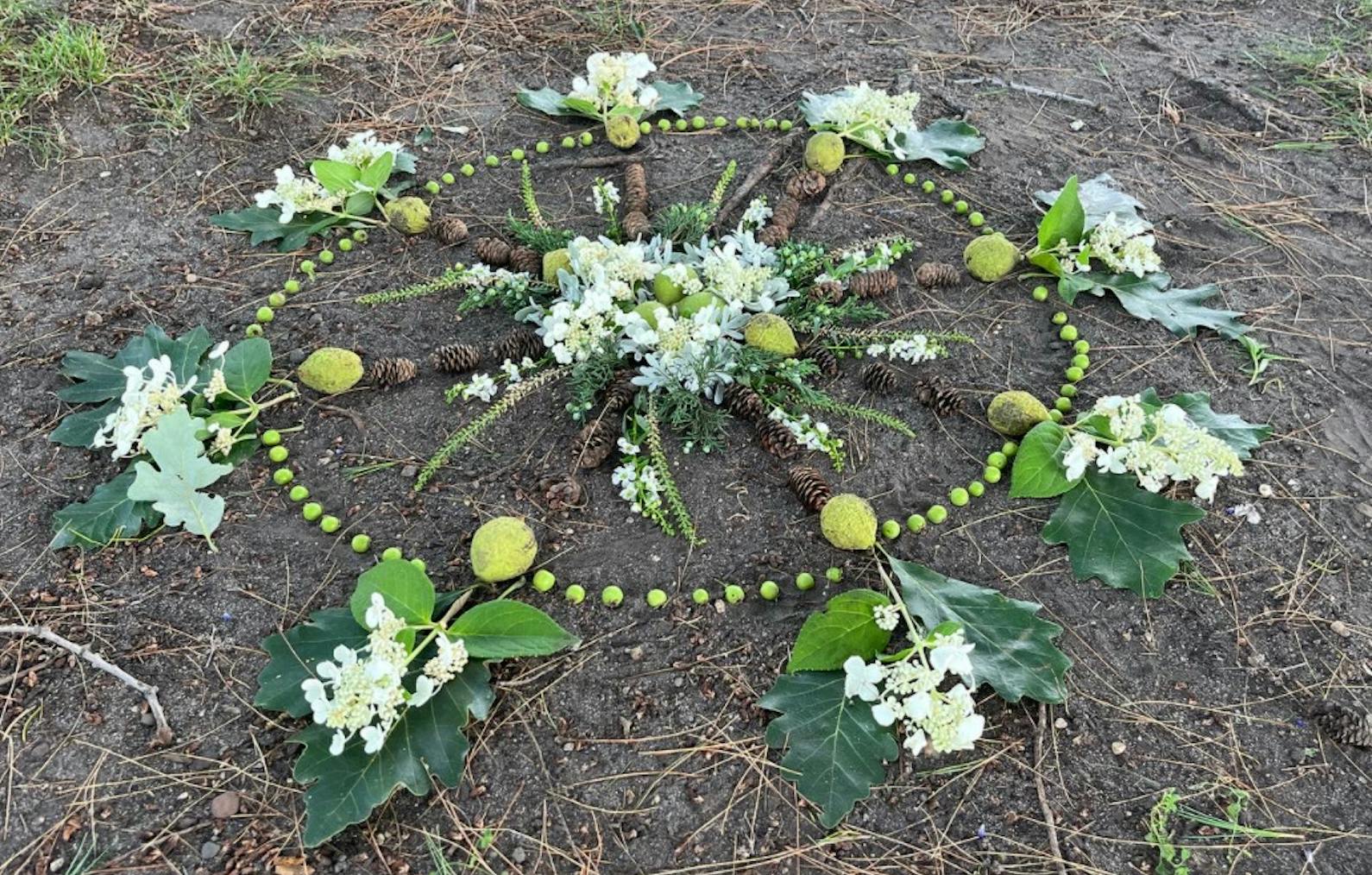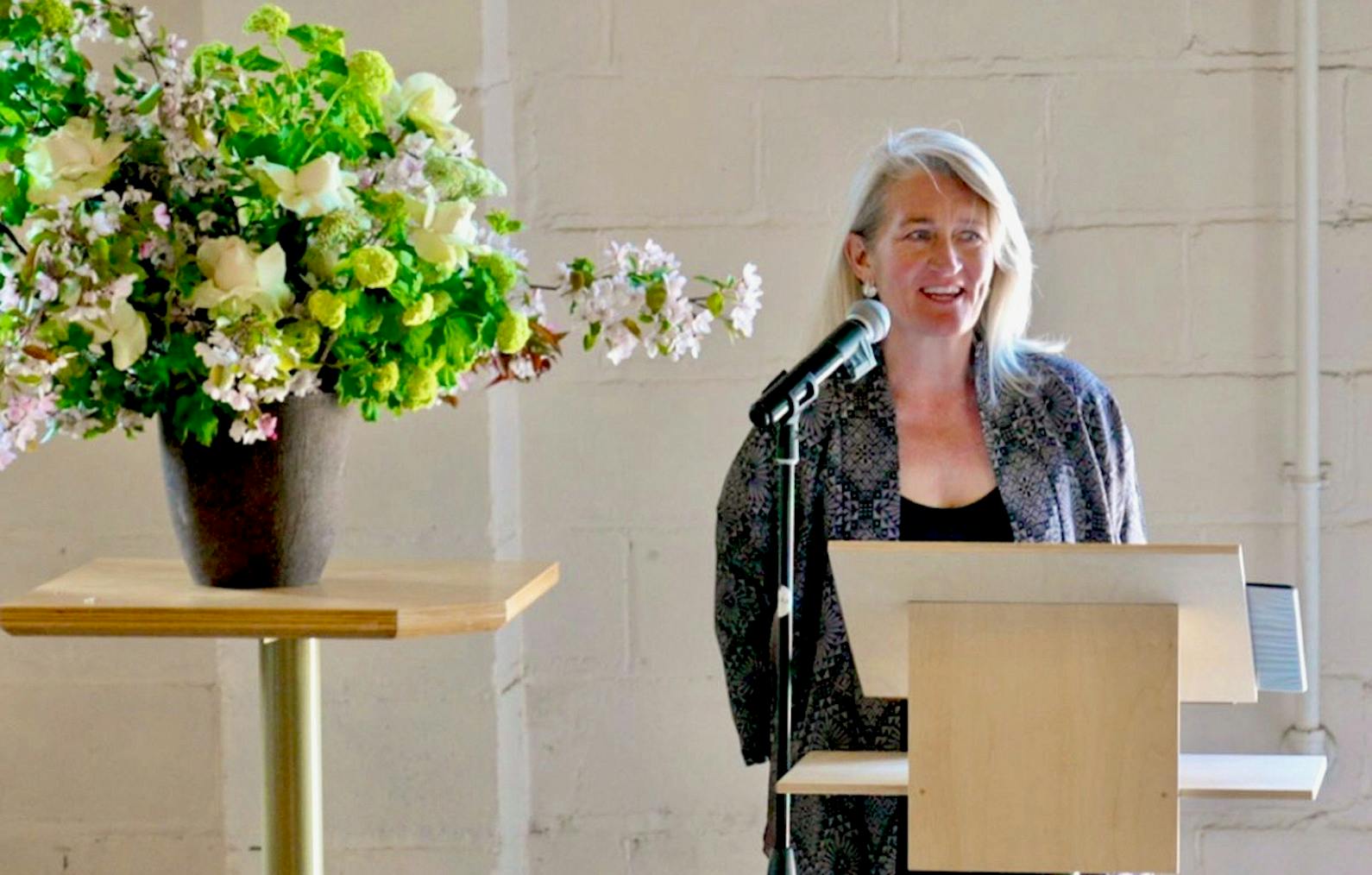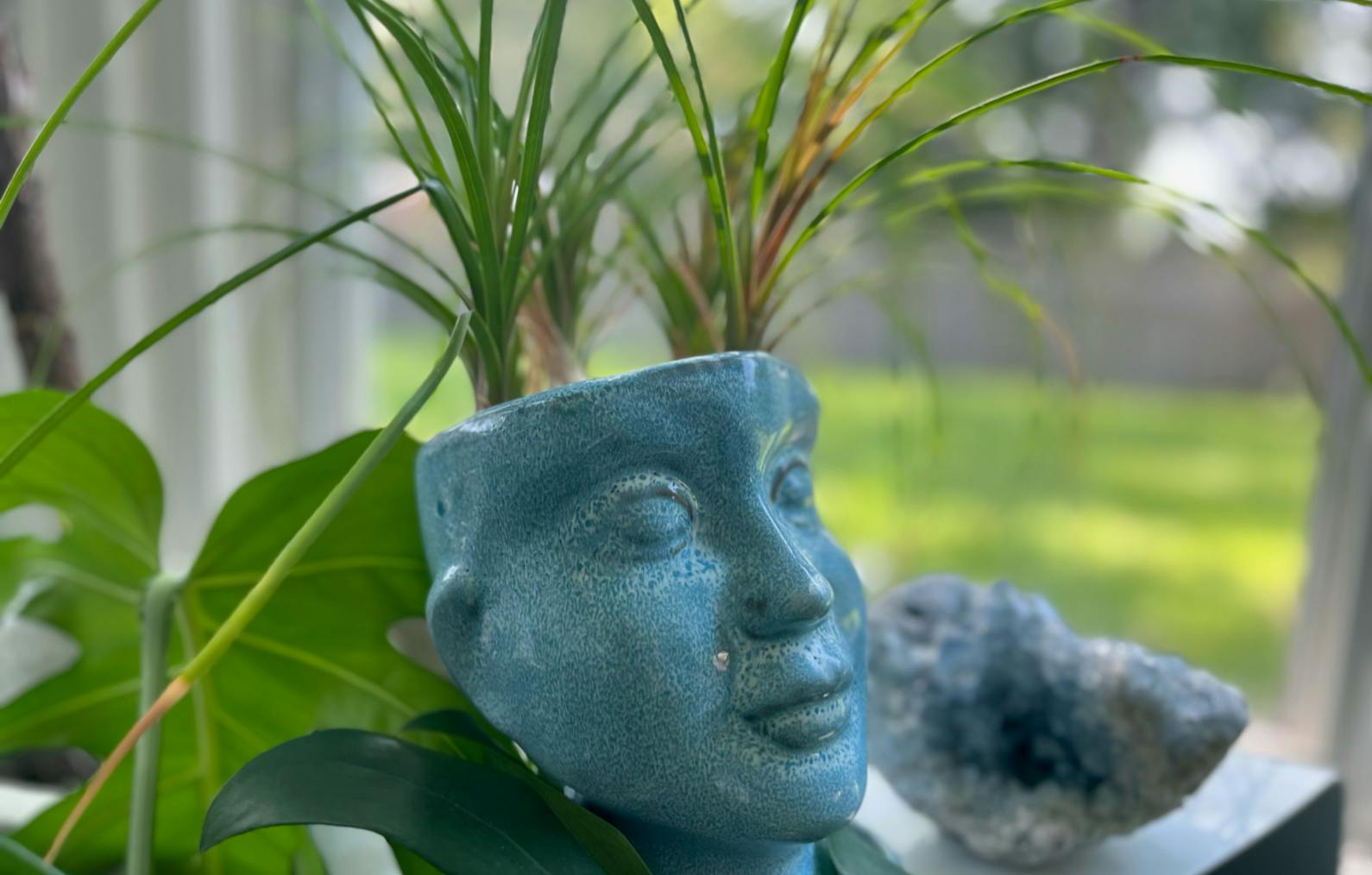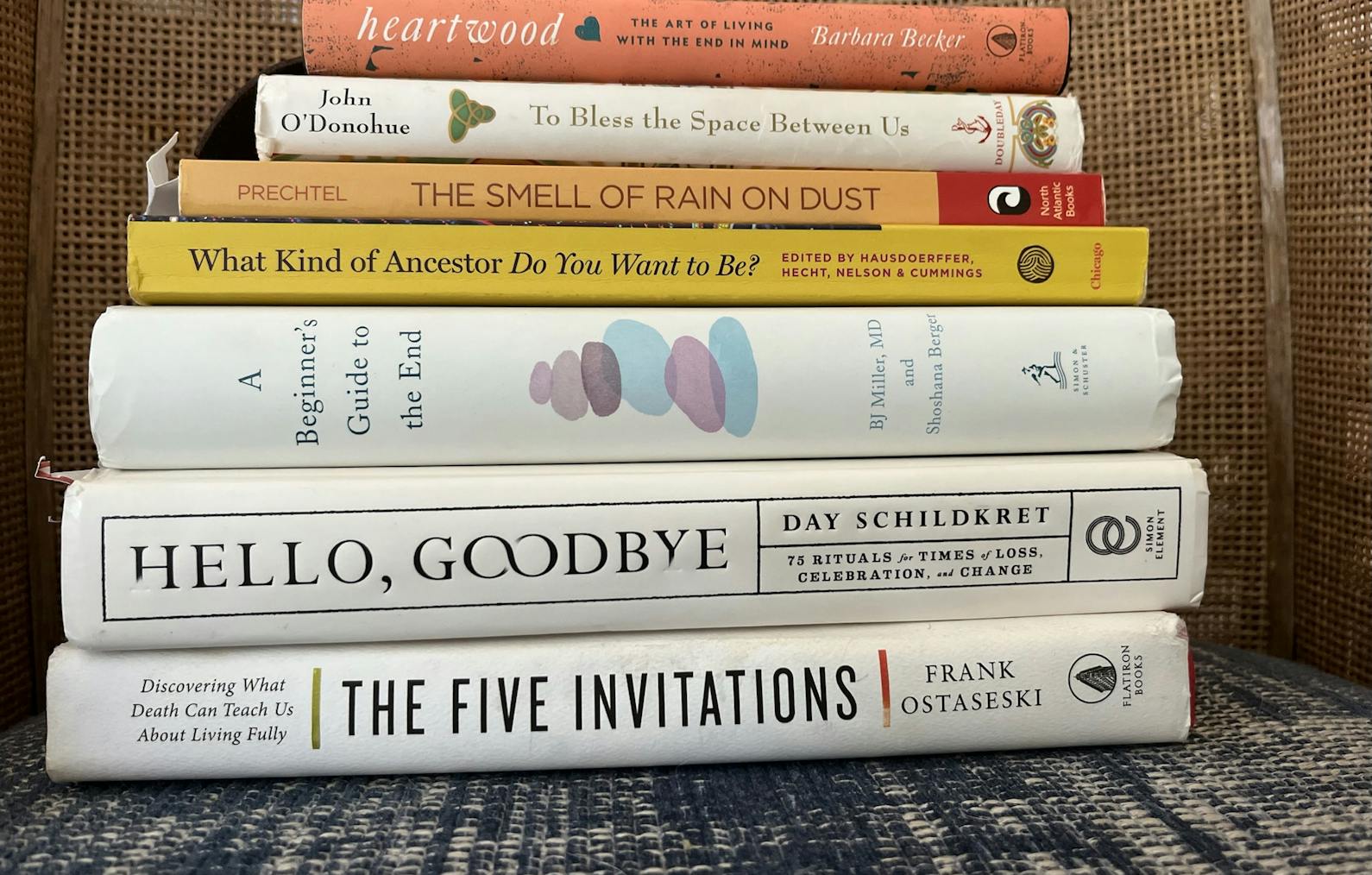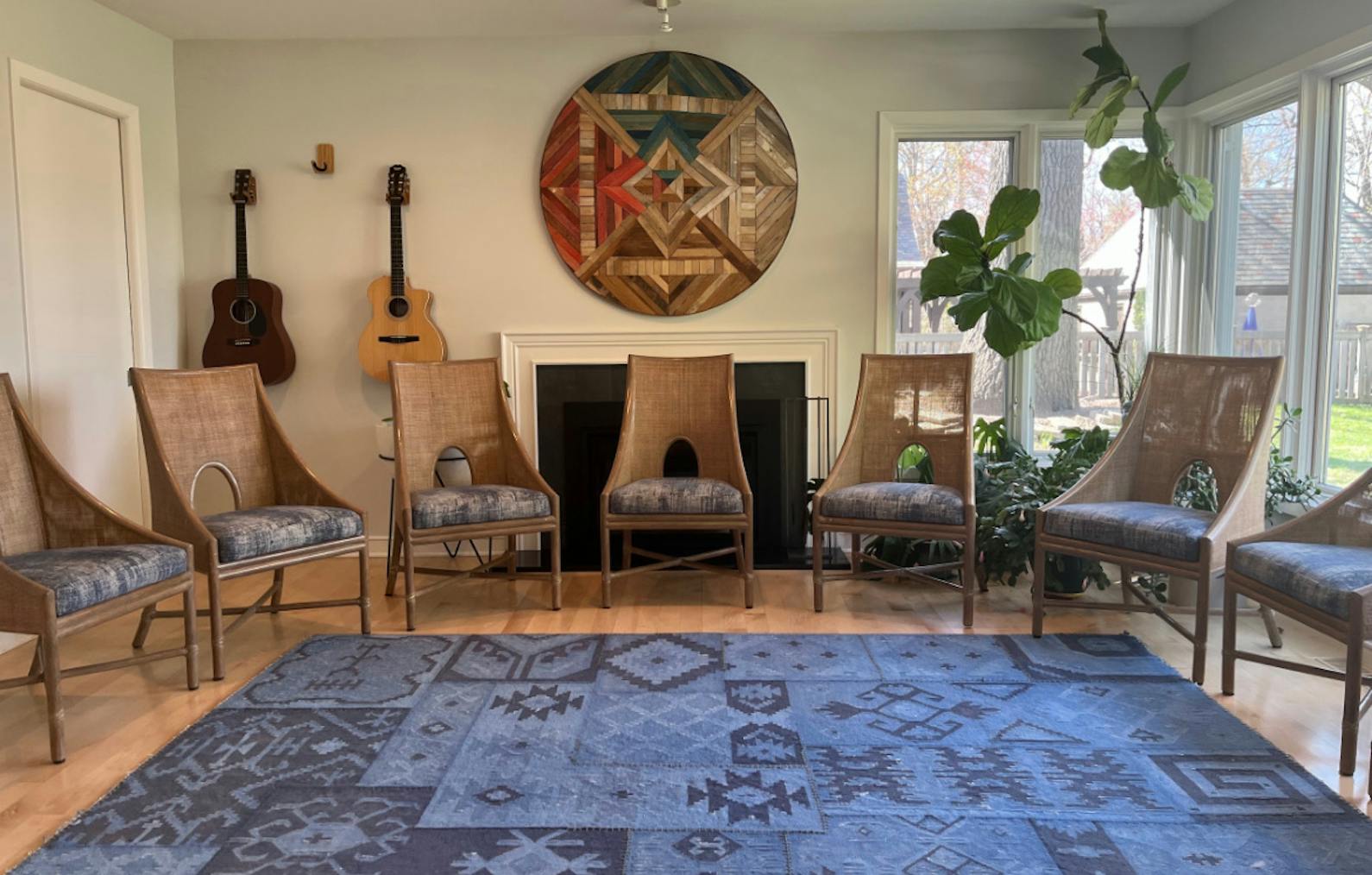Death Educator
Minnesota
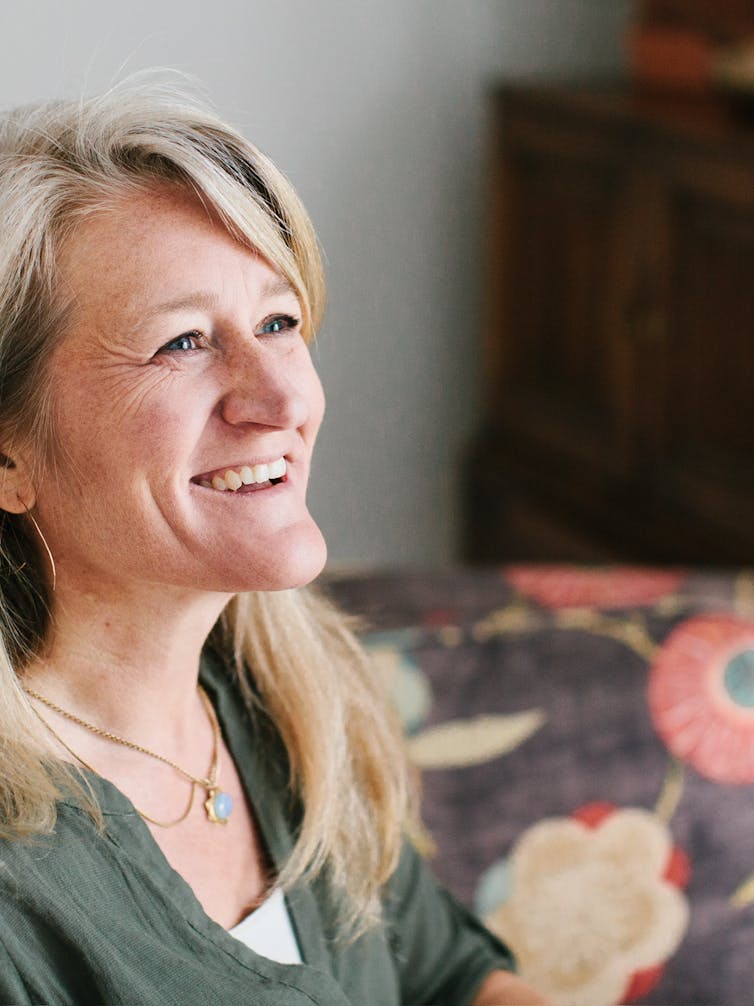
"There is a preciousness to life, it's not infinite, it's finite, so how do we bring ourselves to presence and appreciation and gratitude for what we have in every moment?"
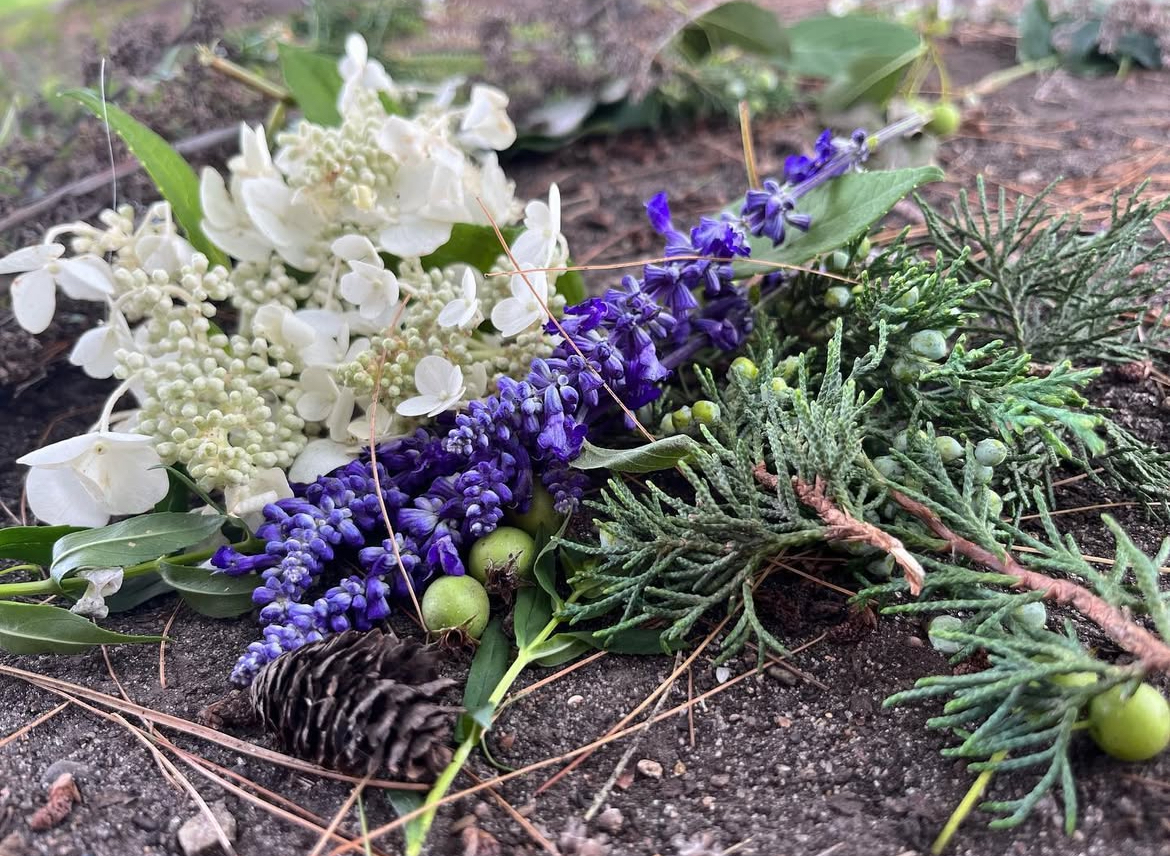
What is the work you are offering now?
I would say predominantly what I'm doing is supporting and serving families in home vigils. What that looks like is family-directed, community-led after death care.
What is community-led after death care?
Community-led after death care is the time after death and before final disposition. It is that time in between when family members and community members can be with their person in a way that feels meaningful to them. The majority of us did not grow up with spiritual practices around this threshold and are looking for a way to make meaning out of this loss and a way to be with our loved one. So I am introducing them to remembering our own humanness and that we are wired to usher in life and usher out life.
How does this help in processing death?
One of my teachers says that it's one thing for the brain to recognize that there's been a death, but it really takes the soul time to acclimate. That time after death before final disposition is that time where our souls can acclimate to this new reality. What it offers is a little bit of spaciousness for people to absorb the loss.
What are some after care practices?
It looks like is any kind of afterbody care that needs to be done. Maybe it is a loved one washing the body or the grandchildren coming in to rub their favorite lotion on their hands. It can be opening up the doors so people can be with their loved one, touch them, and talk to them in that physical space that they inhabited. Sometimes there is singing, sometimes there's music, often there's always food.
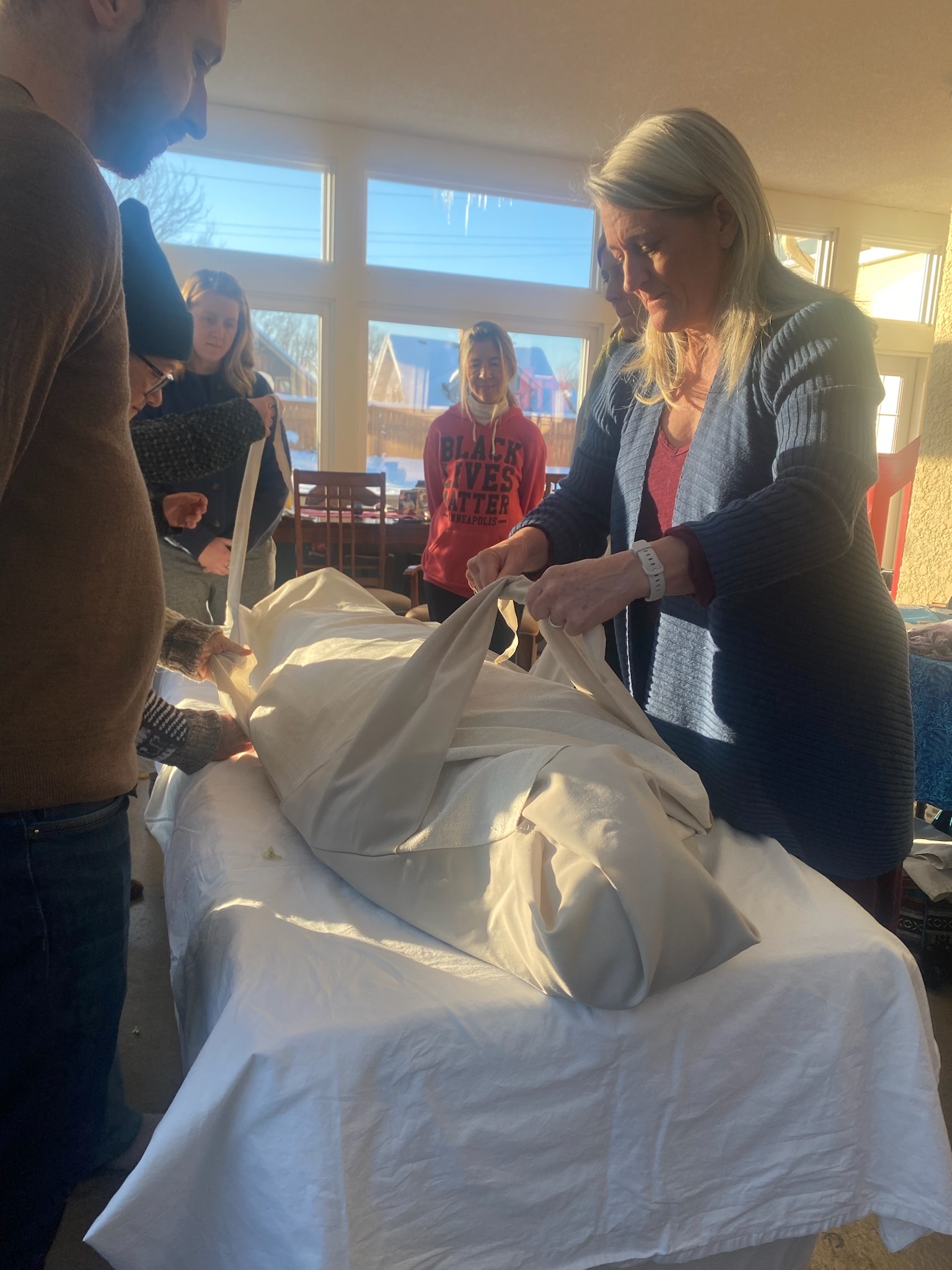
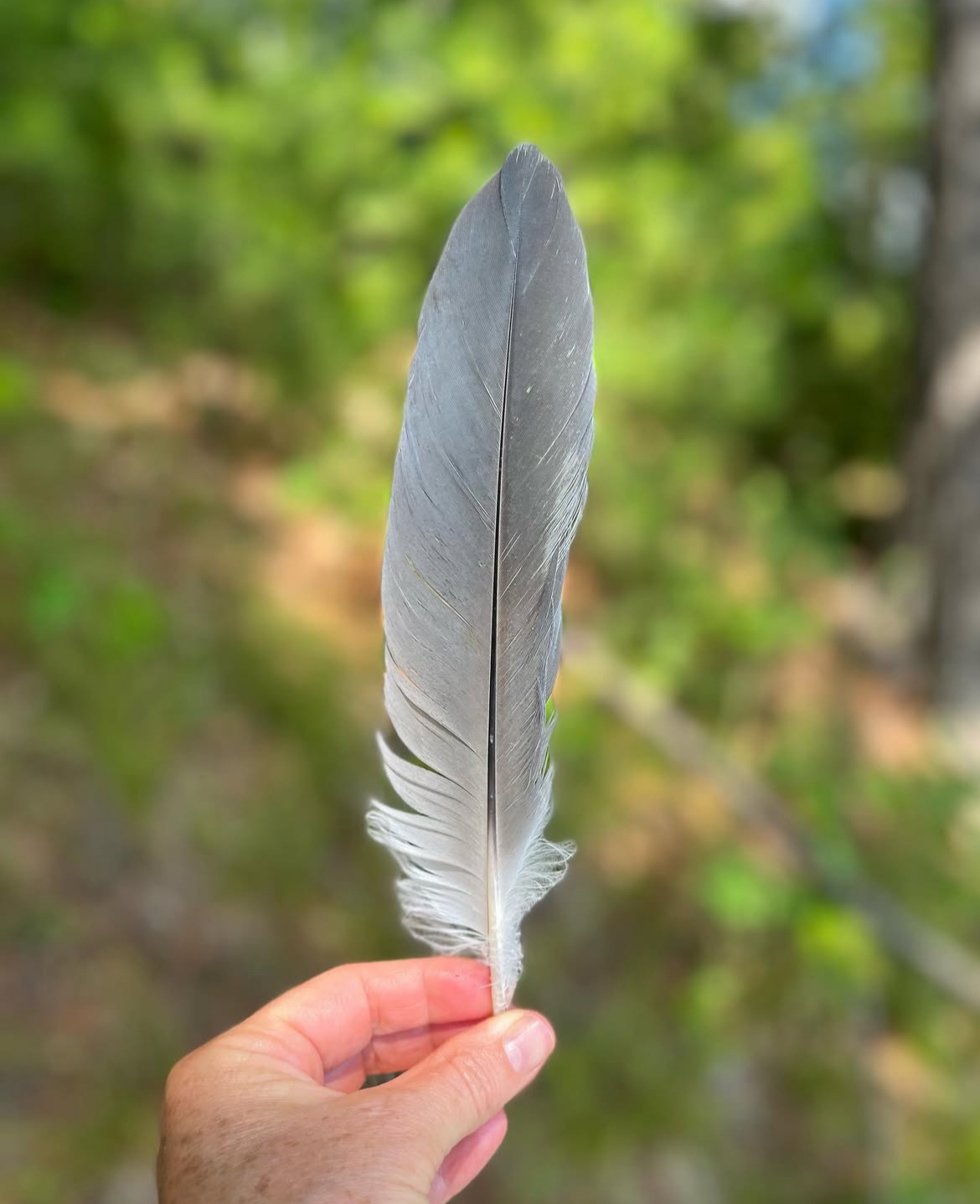
Why is this space valuable?
For me, it's important to slow that process down and to allow people to interact and express themselves. They may not be ready when their person is being transported, but they have had an experience with them that can serve as a touchstone as they acclimate to a world where this person is no longer physically in their lives.
What do you love about this work?
The beautiful thing to me about after death care is that life continues to go on. The toilets need to be clean, the food still needs to be made, and there's someone who's dead in the other room. In a lot of regards, it normalizes death and dying.
Where does this usually take place?
Most of the time I'm in homes where the person has died in hospice care. So we remove all of the items that would demonstrate that care was still going and then set the stage for this next phase by beautifying this space. Sometimes it's bringing flowers in and turning the music on, moving the person into a sunny room with the windows open.
What if you don’t die at home?
You can do this anywhere, even in a hospital room. If the family chooses to be there, you can set aside at least a couple hours to be with your loved one.
Why are people not familiar with this option?
We can look to history for answers. During the civil war or post plague times, there was a lot of illness and we didn’t know how to keep infections from spreading, so death became dirty and something to fear, because maybe you could catch it too. There is a saying in the work that if you talk about death, that does not mean you or someone in your family will die. Death is just a natural, normal part of the human process of being born, living life and then dying.
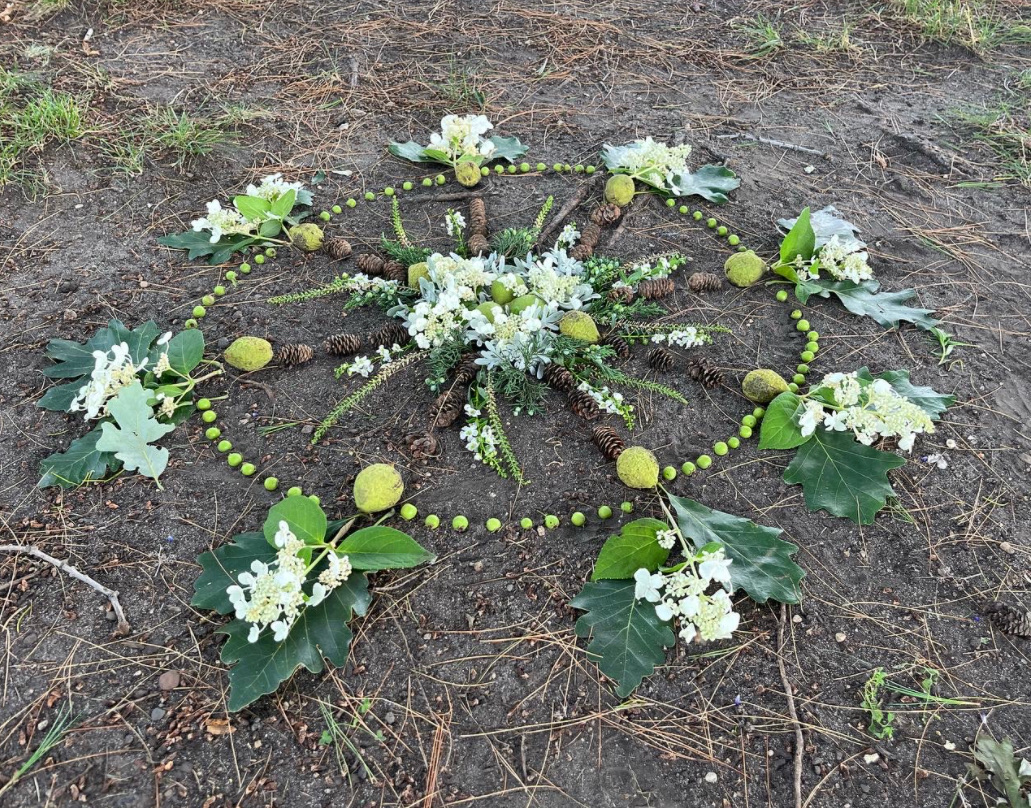
What led you to this work?
In my early twenties, I led backpacking and canoeing trips and there was something about being in the wilderness that brought a lot of curiosity as well as peace and connection. You experience this time in between. The work I do now has a similar quality in the sense that as a guide I'm walking with people from the onset of a death through to the funeral memorial service. Then when I was sitting in meditation over 10 years ago, I asked the question, what is my purpose? And it just dropped in to work with dying people. What I realized was I wanted to do the home vigils and be a celebrant and do funerals and memorial services. At first people had no idea what I was talking about as far as the home vigils.
How did you get people to understand you?
I did a lot of work around educating people on their choices. Like greener ways of disposition, or conversations just in general around death and dying. I hosted death over dinner parties, which is really fun and interesting. I didn’t create it, you can host your own.
How do you support your community?
I helped to create the Minnesota Death Collaborative, which serves two communities. It is a place for death workers to connect and build relationships with other death professionals. And then it is a landing place for people who are anticipating or are experiencing a loss and looking for people to support their family, maybe with a death doula, or a celebrant like myself.
What does it mean to be death literate?
Death literacy is being able to speak about death, whether that's your own experience with it, or about what it might be and what your choices are around the end of life. I feel like we put so much tension on the end, whereas we could be looking at death from the moment we're born. It could be part of the working conversation, that's just built into our culture as opposed to denying its rightful place in our lives.
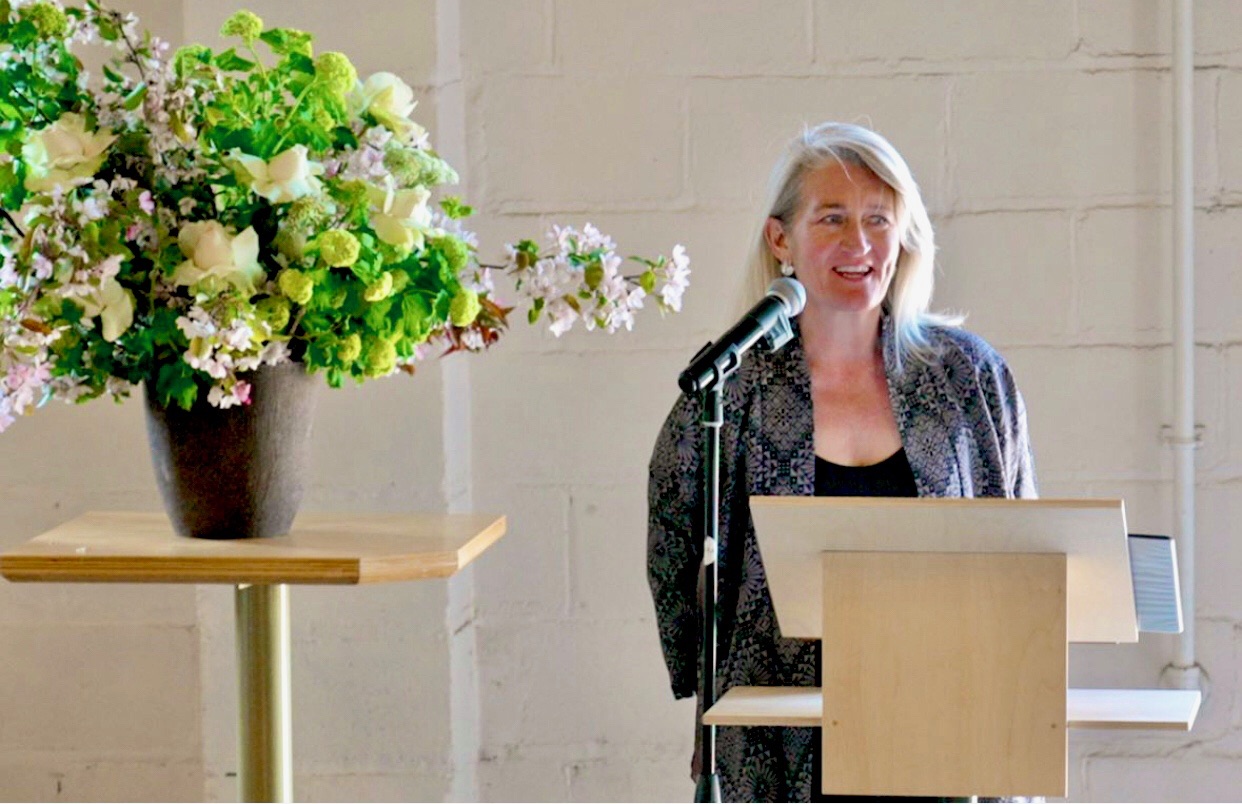
How can we support elders?
In a world that is constantly reflecting youth and health, what is it like to step into an age phase that isn't celebrated or honored? We do not acknowledge that rite of passage into elderhood. Initiation into elderhood is often through an illness or a loved one dying. They're no longer able to work and while they're still vital, they have to make a conscious decision to step back and do things differently. How do we recognize and support them as best as we can and, and continue to invite them back into the circle? Because when you have a good elder in the room they are magic!
What are some questions elders can ask?
What really is my role? What are the actions that I can do with the energy that I have left, with the wisdom that I can distill out? Because essentially what the elders are doing is planting the seeds for the next generations.
Who has influenced your work?
Someone whose work is really valuable to me would be Sarah Kerr in Canada. One of my earliest teachers was Joan Halifax and she's golden. She is eighty years old and wow, she is incredible. That is an elder, just sitting there, distilling this lifetime of work that she has been in deep practice with. Locally, my dear friends Linda Berg and Rose Go.
What are some resources you could share?
A really practical book is a Beginner's Guide to the End by BJ Miller and Shoshana Berger. That's really good if you're asking what are my choices at the end of life?
What are your own personal practices?
I have a prayer practice every morning. I try to get out in nature every single day as it’s a place to to connect with something in a state of transition, always something living and something dying. Keeping attuned to nature is such a beautiful teacher in that way.
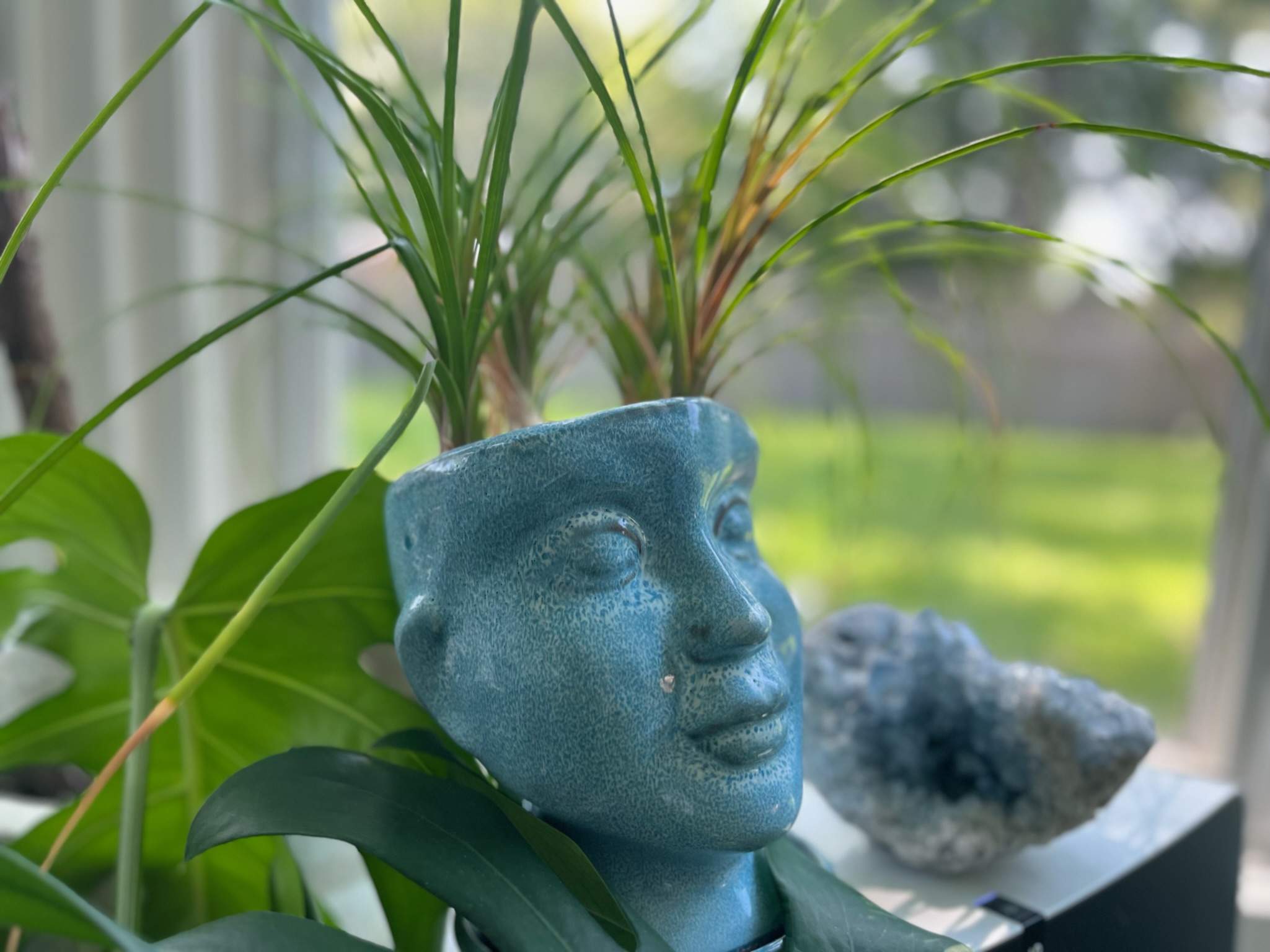
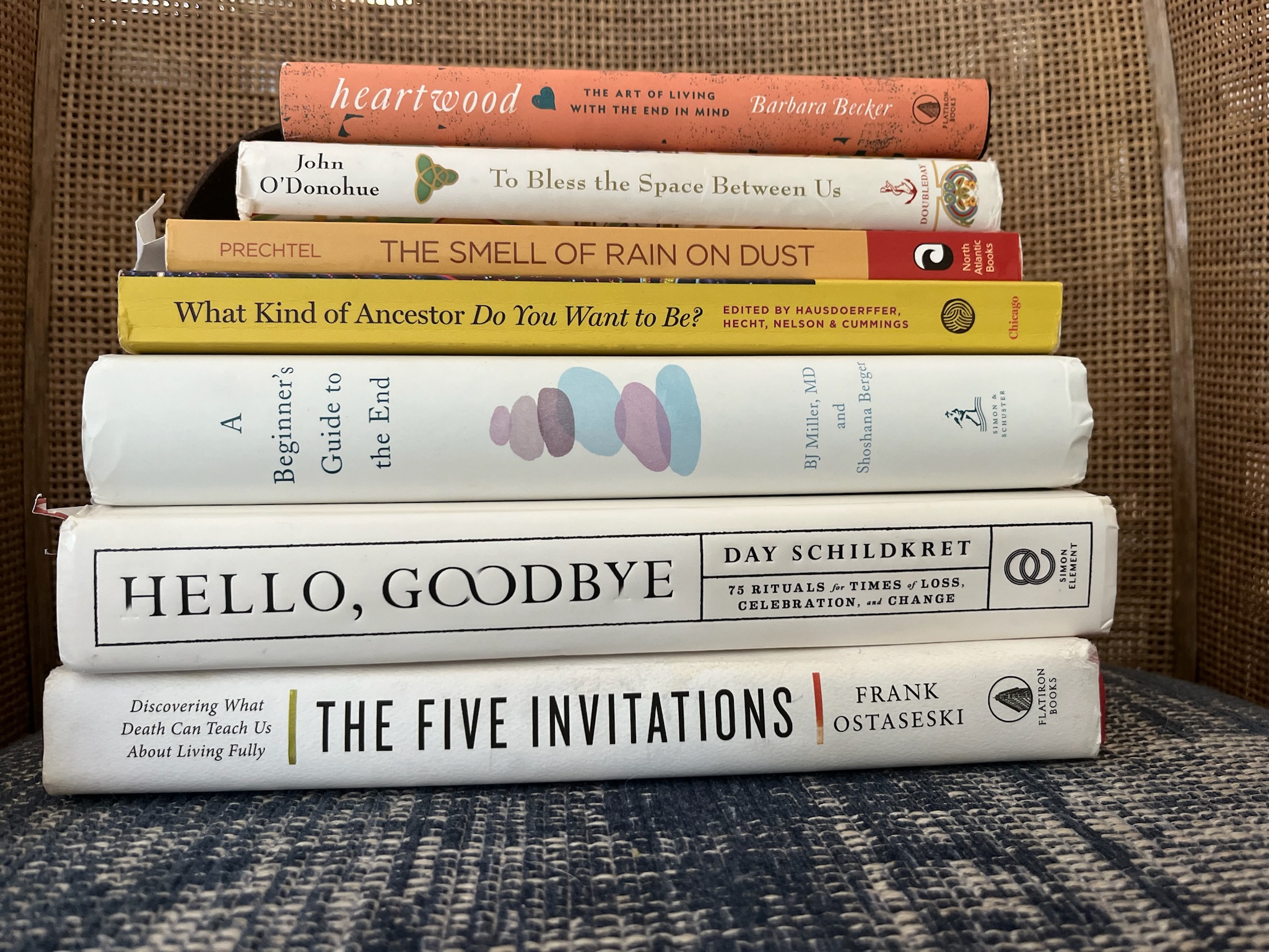
What is on your bedside table?
I have a shell from the beaches of Costa Rica. I have some gray sea salt to acknowledge my European ancestors.
Any words of wisdom to share?
One that's sticking out to me right now is “when you forget, the earth always remembers,” so sitting on the earth is something you can trust.
What books do you love?
Island of Sea Women by Lisa See
The Five Invitations by Frank Osky
Hello Goodbye by Day Schildkret, it really entrusts the reader to create their own rituals
What can we learn from death?
There is a preciousness to life, it's not infinite, it's finite, so how do we bring ourselves to presence and appreciation and gratitude for what we have in every moment?
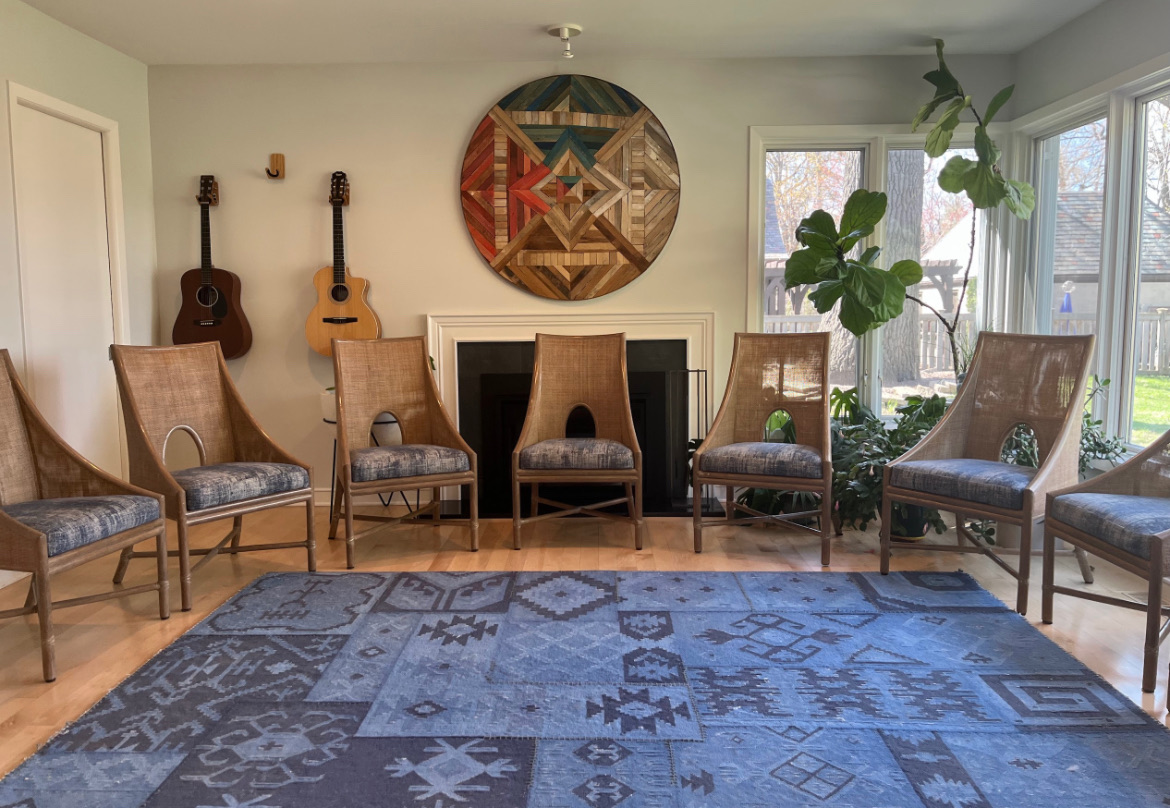
Photos from Anne Murphy
